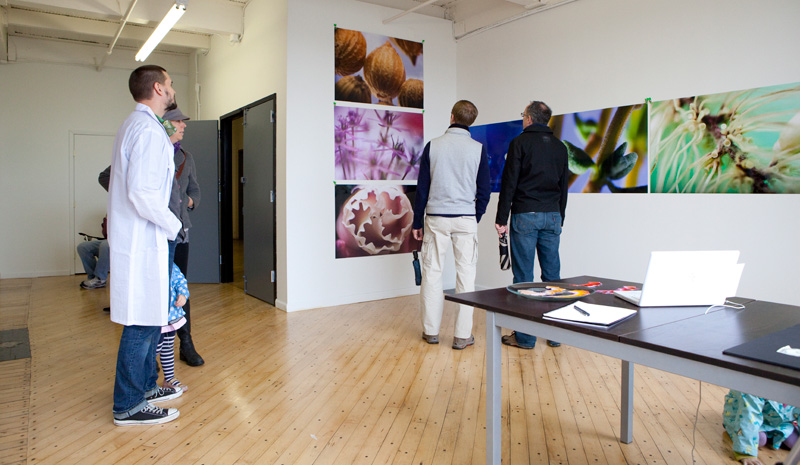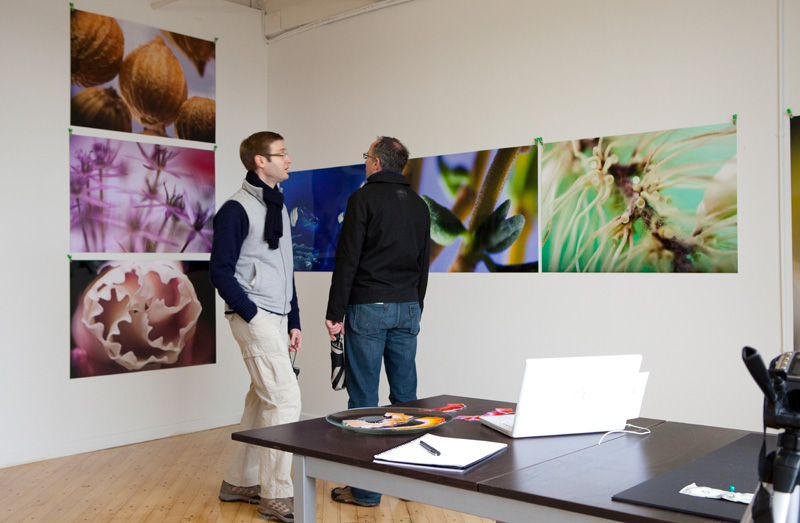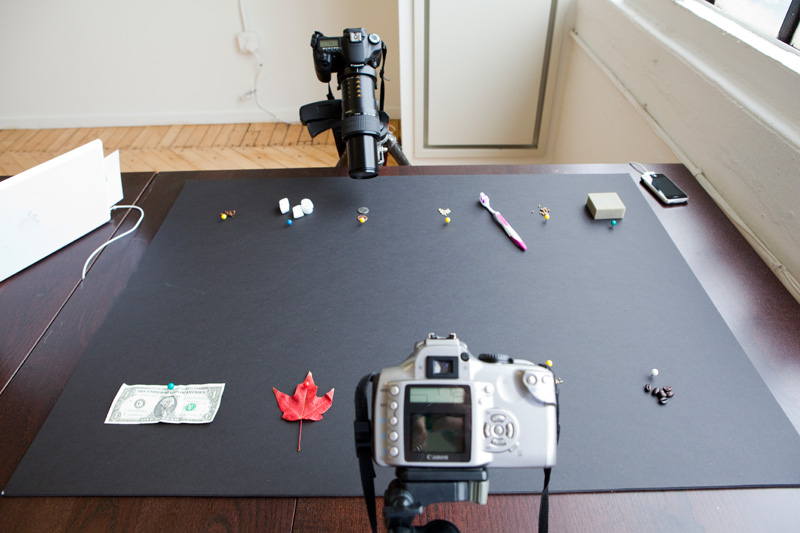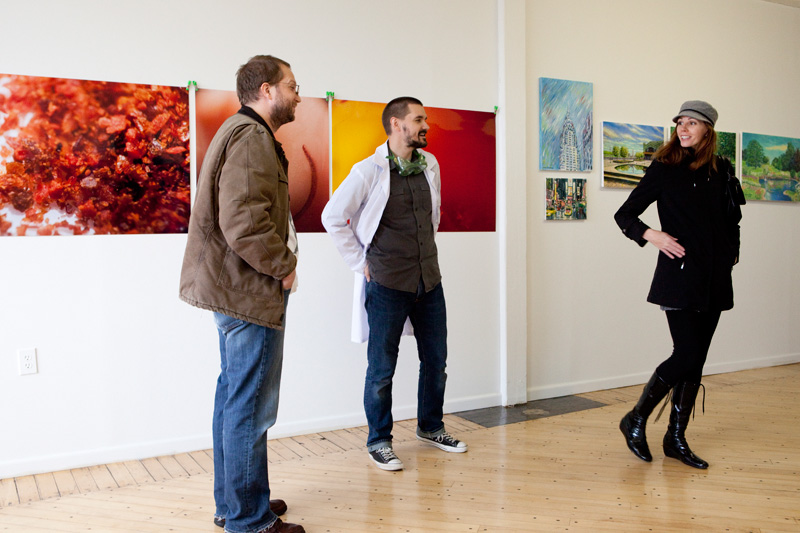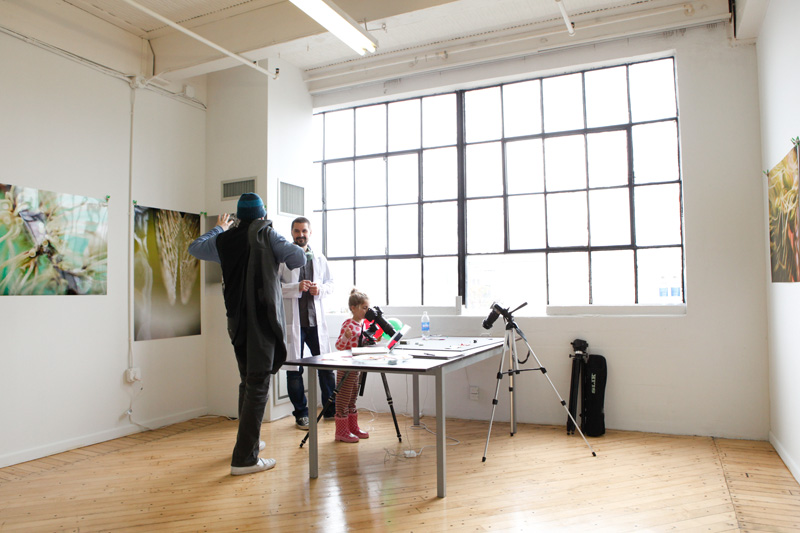More 2, 5, and 10 min drawings from a figure drawing studio session. The first one is a 20-min pose.







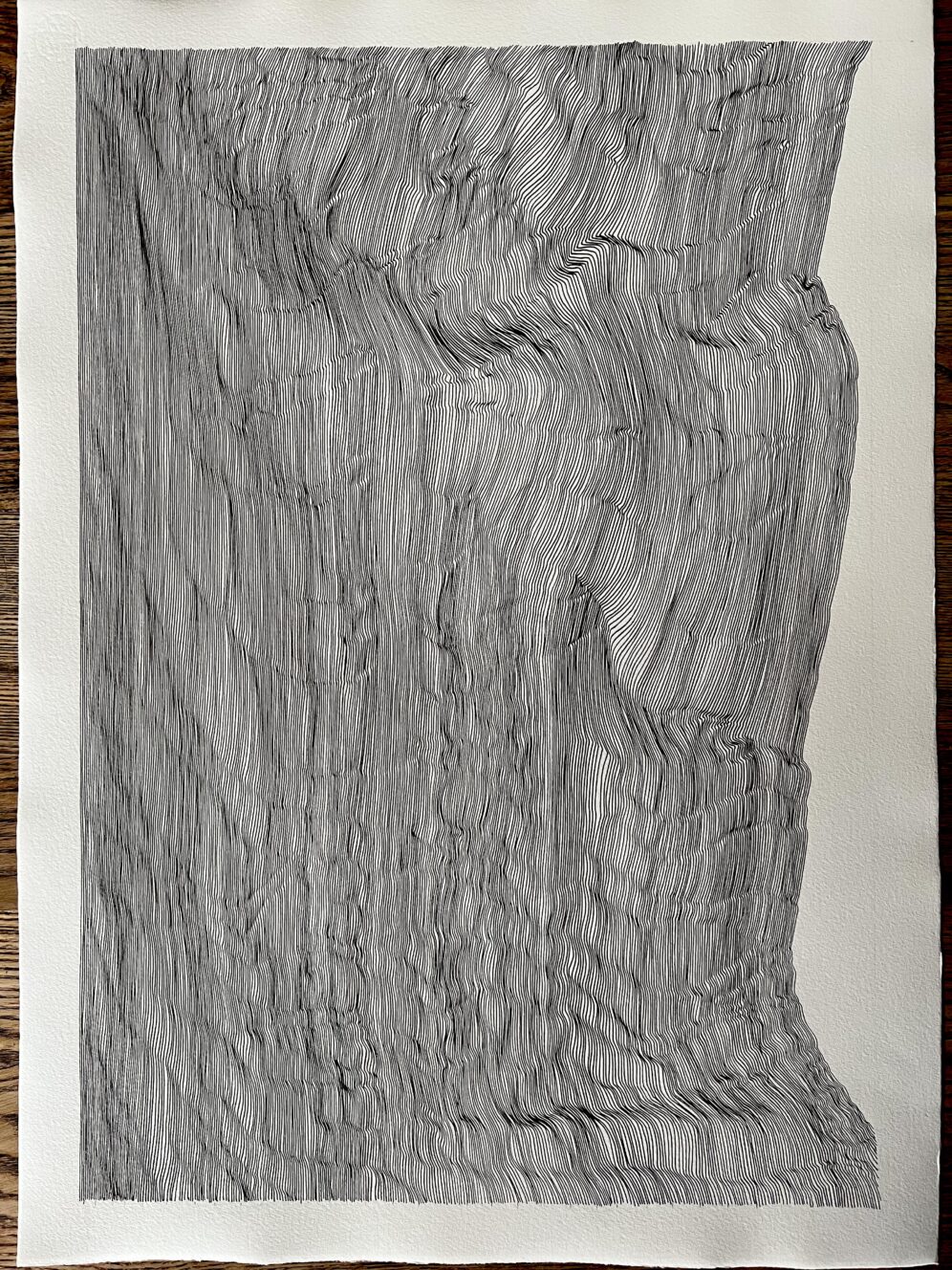
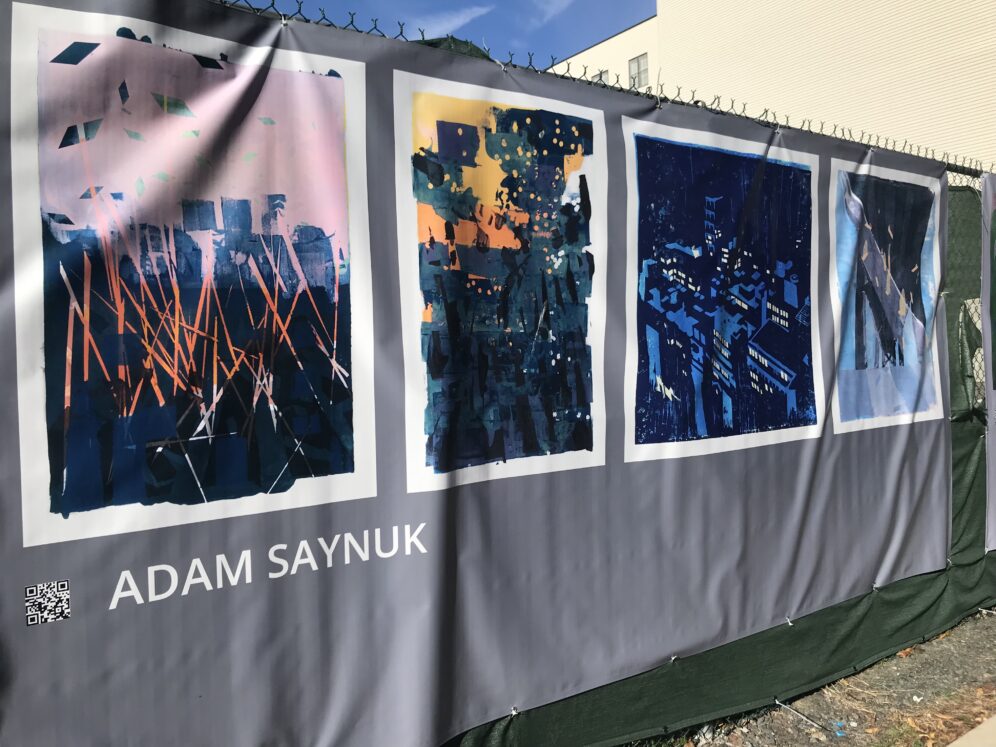

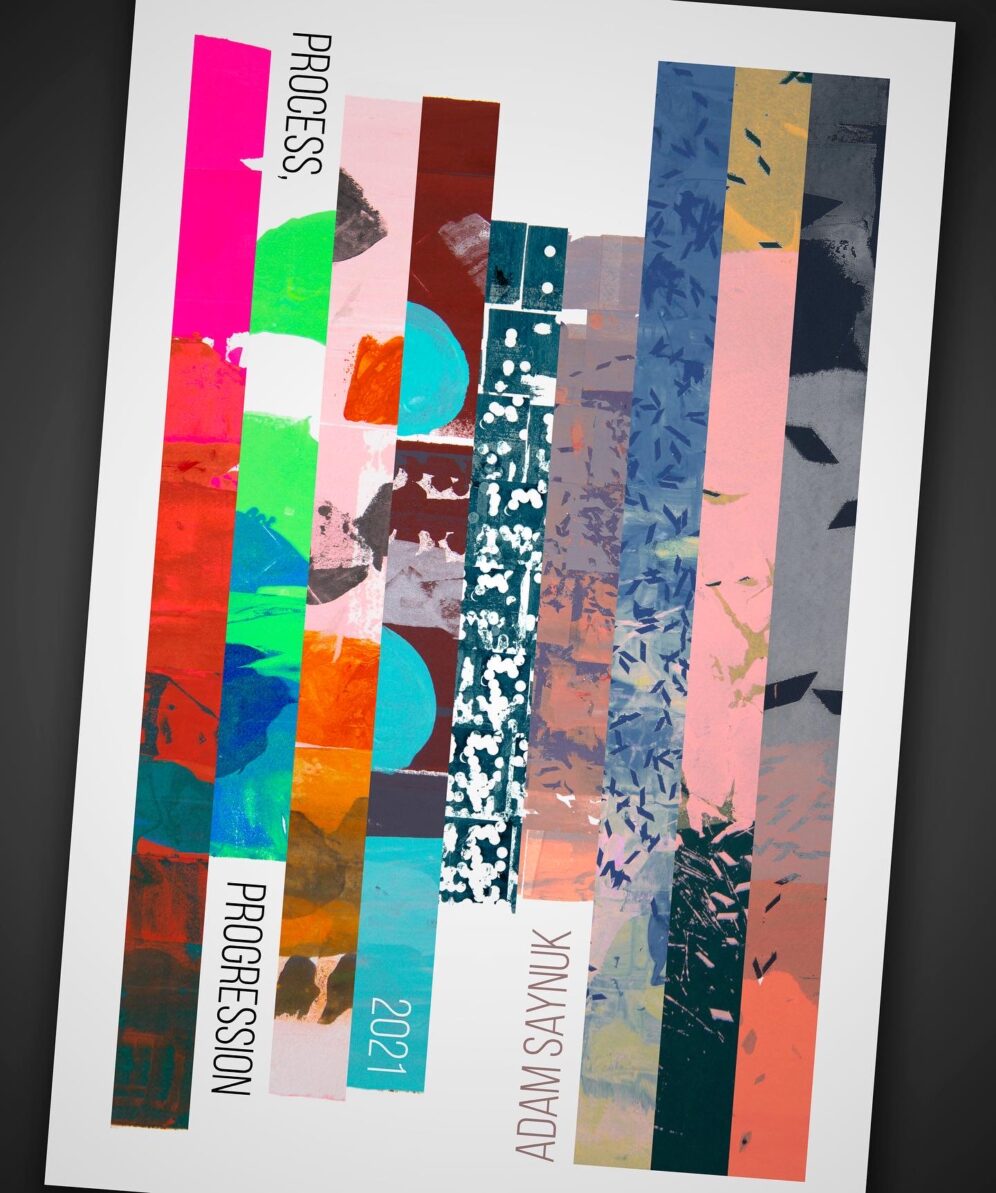
The Process, Progression series grew from that exploratory mindset. Embracing the natural mess and variability of material, along with my own technical limitations, has allowed me to really enjoy the process and the results of my experiments. And I’ve found a meaning inside the works here… to me they are about memory.
I’ve thought a lot about memory and time lately; aging and growth and change and decay. And to me, the Process, Progression series offers an expression of how memory is captured, how each memory affects the interpretation of the next memories and the ones before it. In these screenpaintings, the screen imprints details of previous printings, inks, squeegee strokes, stencils. By using a static tool in place of a paintbrush, the memory of previous work literally imprints itself into the newer ones, whether it was from minutes ago or months and years. The screen remembers.
These are abstract works. However, the seeds of ideas imprint themselves regardless. I’m never aiming to duplicate a flock of birds or petals or insects. But I think the feeling of these things and their place in space can be transferred by thinking about the feeling they evoke, while working on a piece. Swarm is not bugs. But it’s the feeling of buzzing insects and scratchy grass on a humid summer day. Maybe
the Flock pieces feel the way that birds in beautiful skies feel to us. And maybe that’s how memory works, more than any perfectly captured reproduction.
.

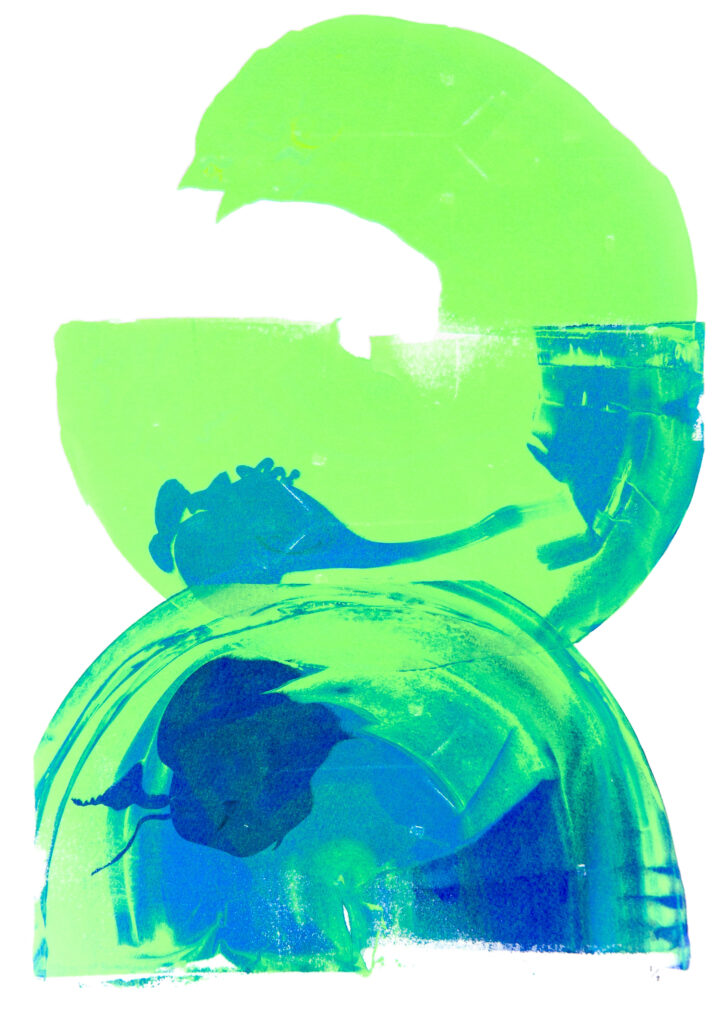
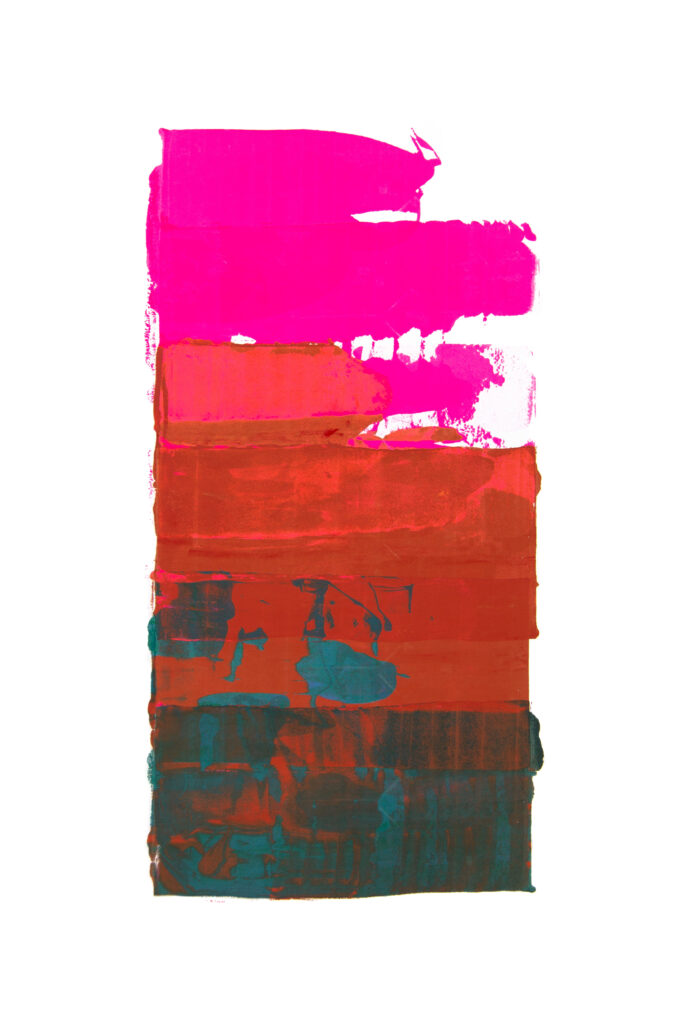
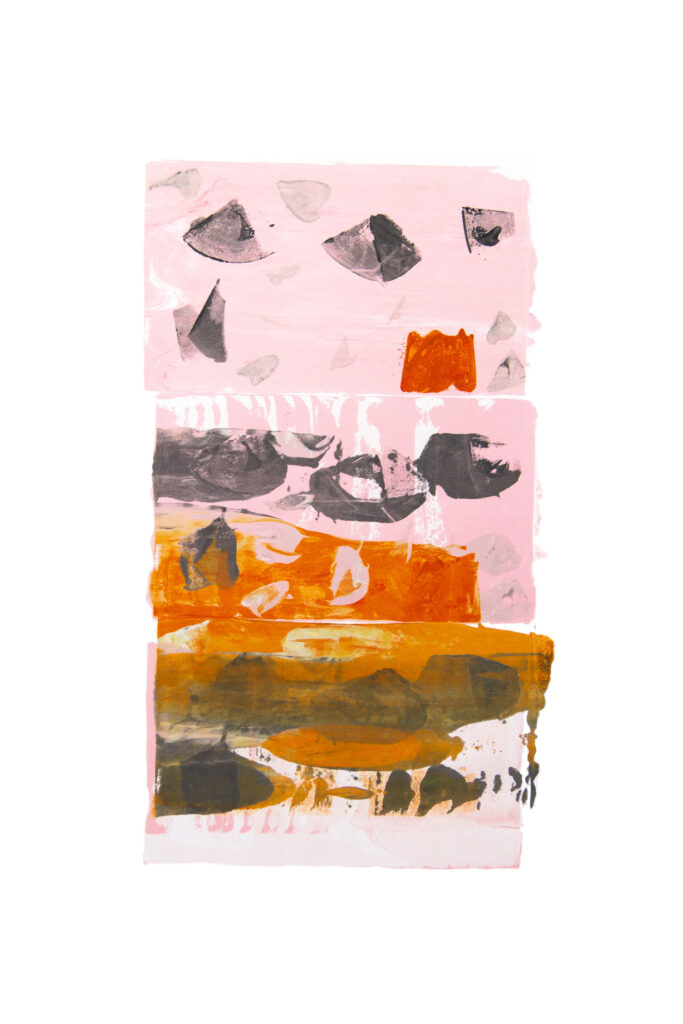

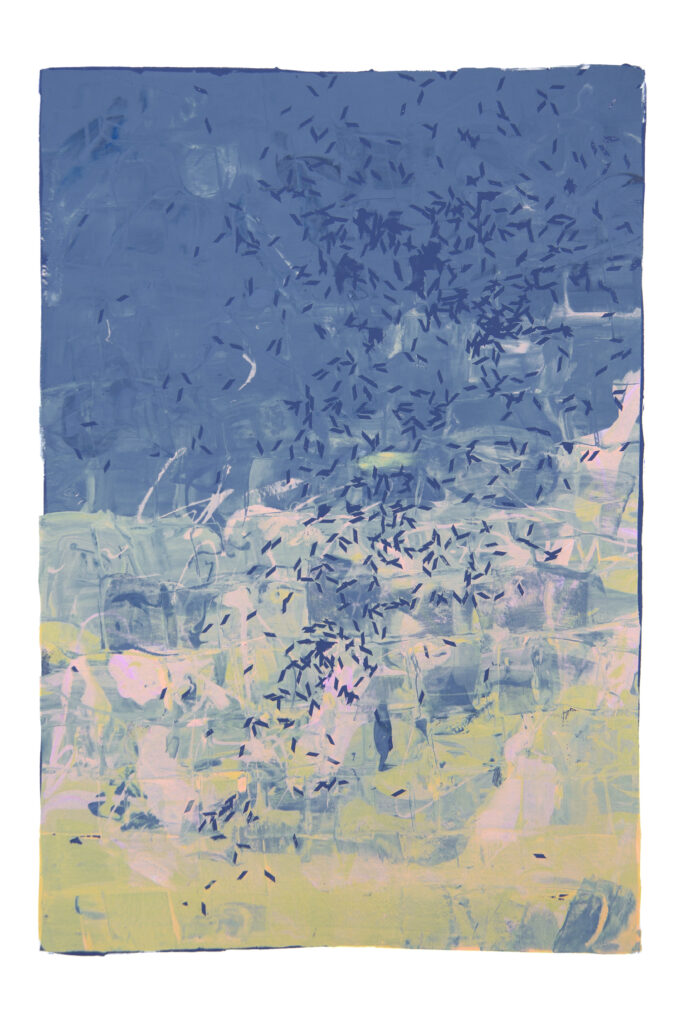



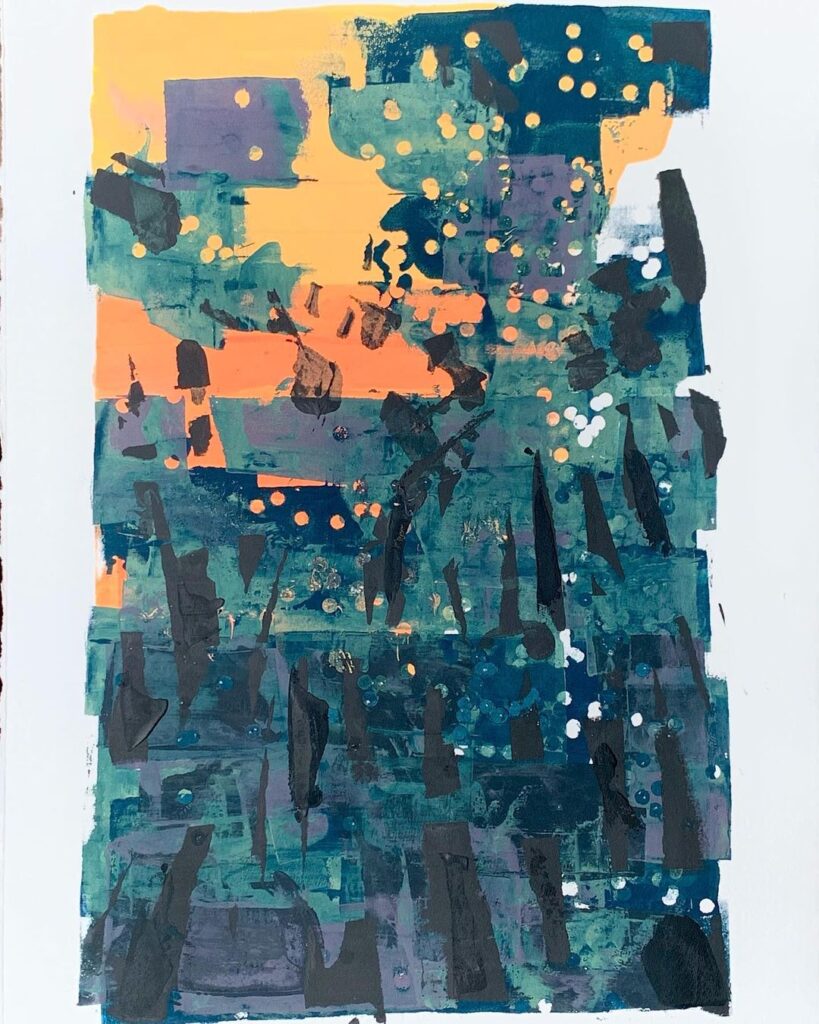
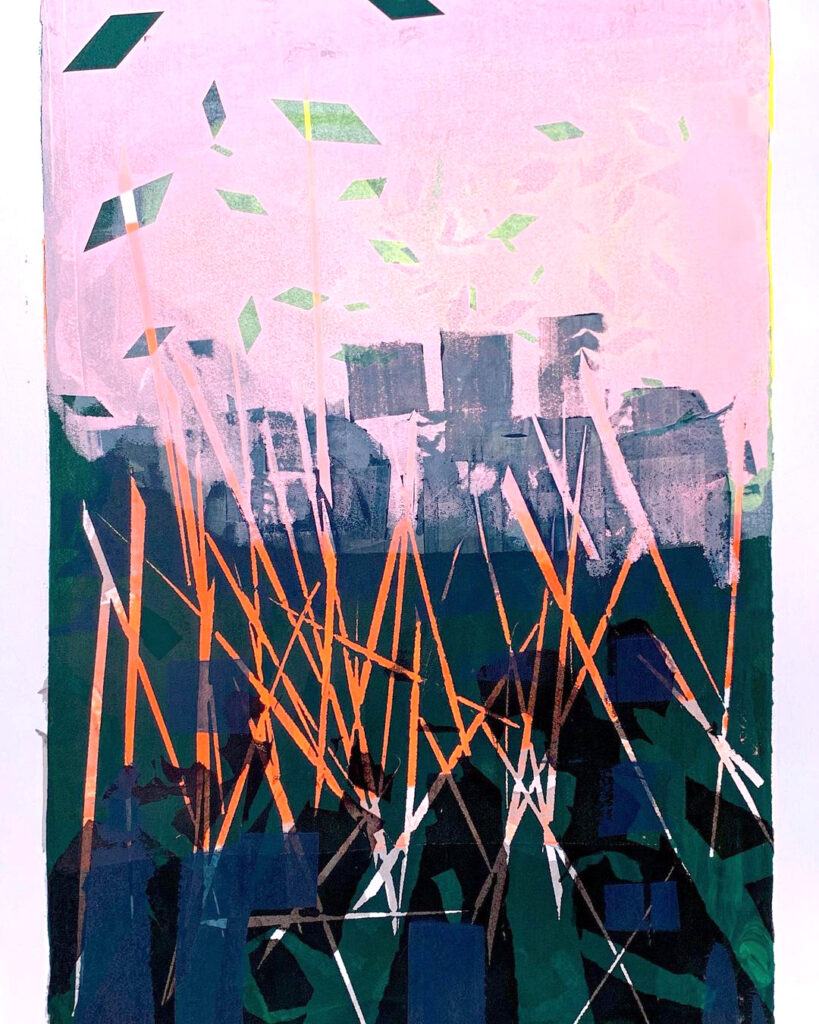
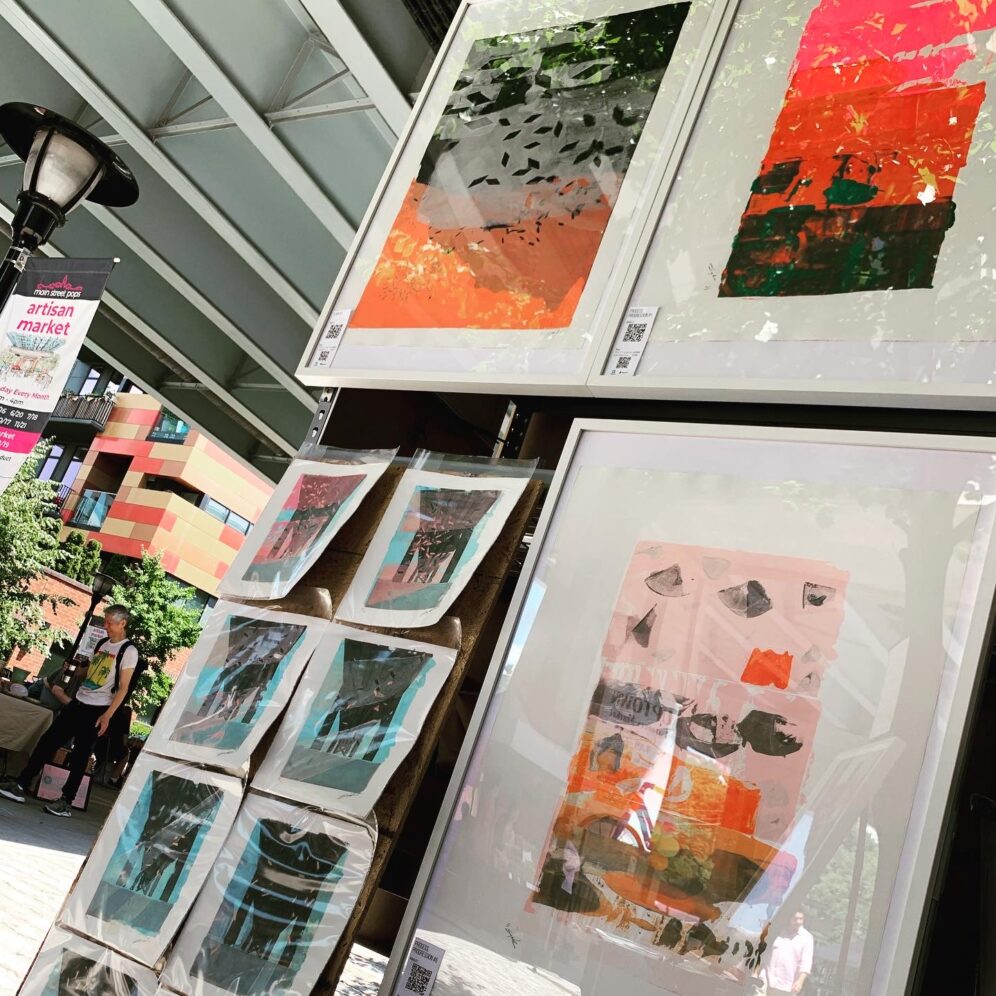
An exhibit and art sale in Hoboken, displaying work from my recent Process, Progression series in the iconic market under the 14th Street viaduct. I made a series of mono prints inspired by the setting under the bridge, for sale at the exhibit. Each in the series is unique, and connected as a series of frames that track the movement of the sun through the day, glinting the wings of birds, during the show.

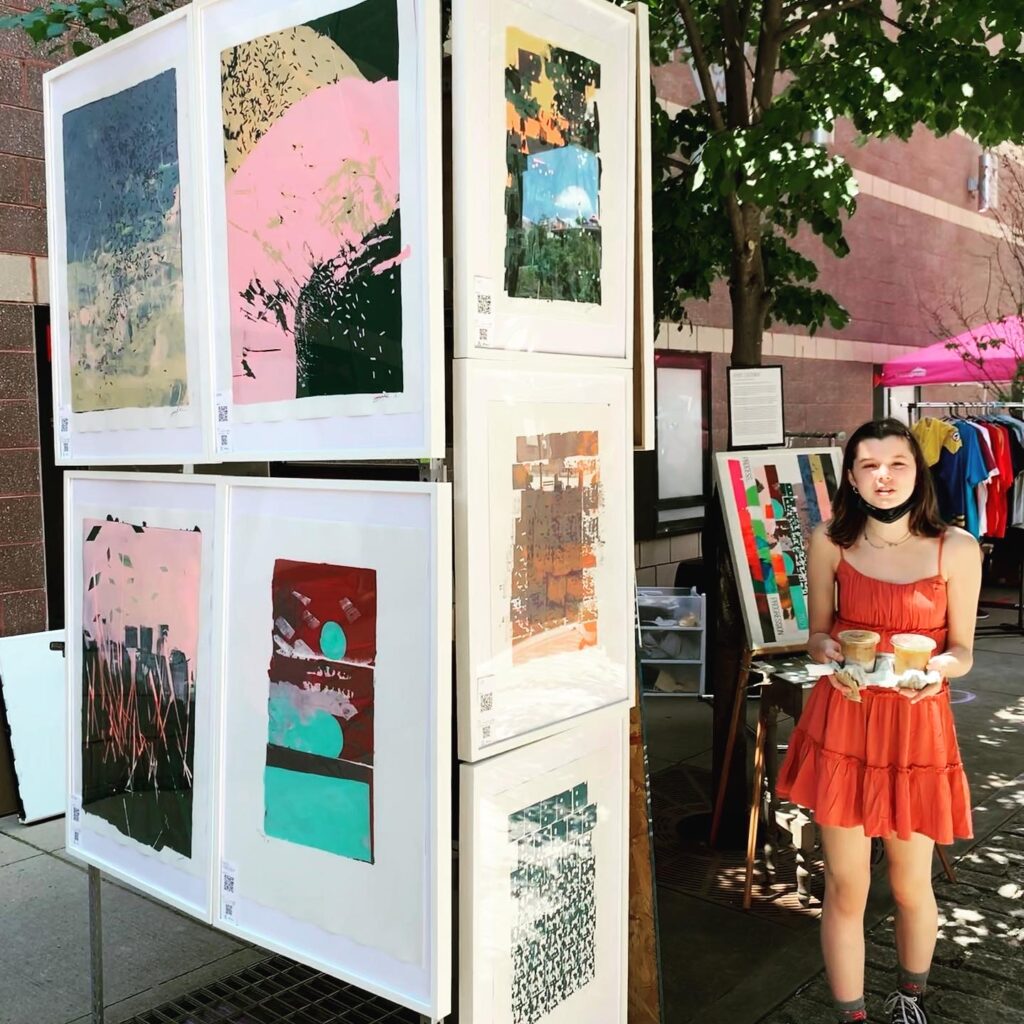
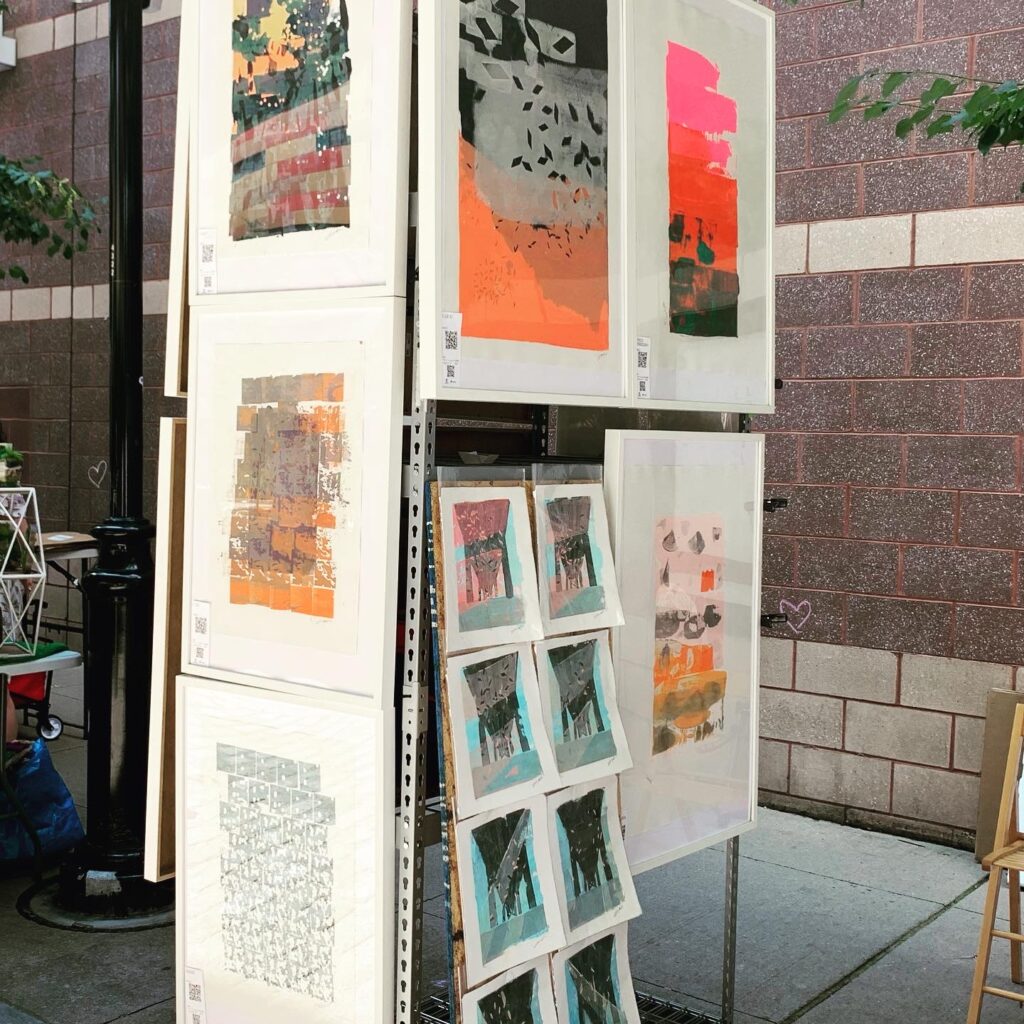

This feeling is the one where we are in a wild or semi-wild natural respite amongst an urban backdrop. Reeds, grasses, or cattails create their own swishy crowds in the space, maybe the ground is wet or muddy, and smells earthy and cool. Maybe a stream trickles nearby, hidden by the surrounding growth.


For me, one of the themes of this series has been around memory, a theme inspired by the “memory” each screen brings to the next piece from the last. Because of my janky washup and generally improper use of screen printing tools, we can often see artifacts of edges or colors from previous prints, embedded into the designs of later experiments. And I’ve come to think of these experiments as representations how memory works… maybe it’s not a perfectly clear picture of the thing we recall, but rather we remember the feeling of the thing first, and our imagination fills in the visual and other senses.

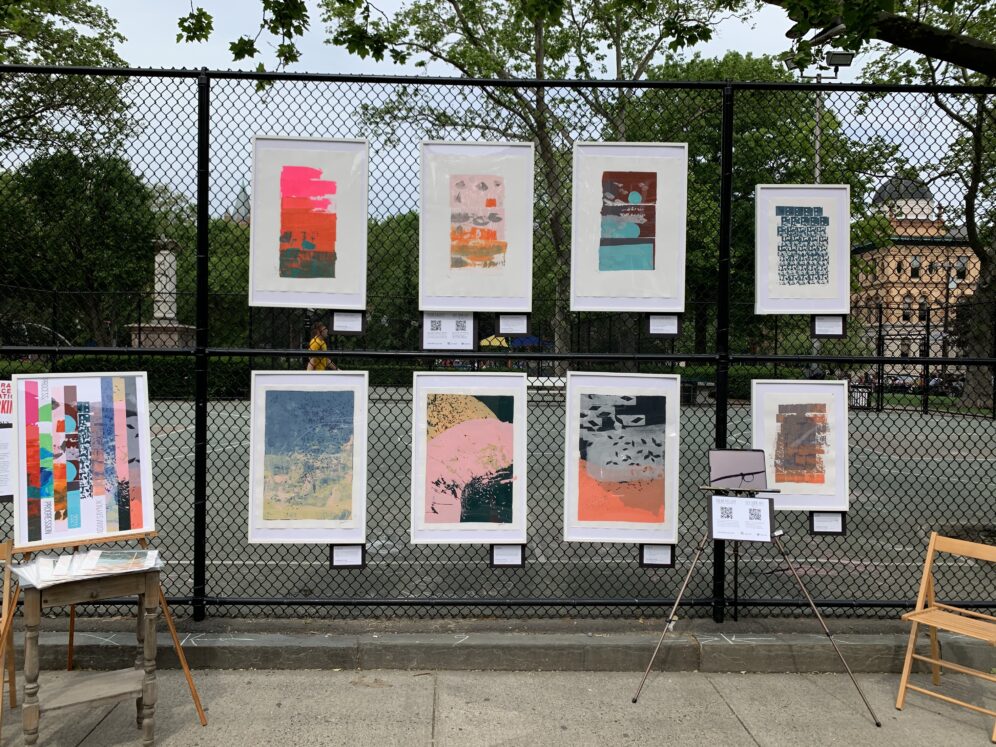
An exhibit and art sale in Hoboken, displaying work from my recent Process, Progression series. In addition, I made a series of mono prints inspired by the setting outdoors in a park, for sale at the exhibit. Each in the series is unique, and connected as a series of frames that track the movement of the sun through the day, during the show.


Swarm:
In this screenpainting, latest in the Process, Progression series of experiments, we see the parallelogram stencils again, in positive and negative this time. Also, pine needles were introduced in this experiment, as stencils. I wasn’t quite sure how they would look, since they’re very dimensional compared to paper stencils.
I was thinking of insects coming out of shadow in grass or a mound, maybe it’s under an overpass. But you are welcome to see whatever you want in it. It’s abstract!


This piece—part of the Process, Progression experiment group—was made with a larger screen, and diverges from the previous Flock experiment. Here, we did NOT step-and-repeat throughout the work as before, hoping to avoid the wet ink transfer and ghosting so prevalent in the previous step and repeat pieces, while also hoping to avoid all those little parallelograms sticking in the wet ink and having to be picked out after squeegeeing. The progression was instead accomplished by squeegeeing 2×2” sections in alternating directions with randomly applied ink colors over one contiguous large screen, resulting in a small amount of tiling pattern.
.
Well, we avoided the messiness of the step-and-repeat, but like a thousand of those little bits stuck in the ink and had to be picked out by hand one by one with an exacto blade. I’m very thankful my super-encouraging and enthusiastic and sweet and helpful studio assistant @violet.anne_ , who participated and offered ideas throughout the creation of this one, and jumped right in to help with this tedious concluding task.
.
More experiments to come.



This piece is accomplished by taking another step in the Process, Progression series. Again, we are relying on random organic ink flows inside a screen, with some form-constraints, in this case a small circle and a 2-inch square field. To introduce randomness (aside from my janky carefree application of the screen print), we sprinkle paper dot cutouts, castoffs from the hole punch tool. Each successive swipe of the small 2-inch screen picks up more of them because the ink is tacky, creating its own random stencil through the successive printing operation. Screenpaint strokes were applied in a snaking pattern starting top left, moving right 5 steps, down a step, moving left 5 steps, down a step, and so on.
.
A fun effect of this process is that when you step back and squint at the whole piece, it looks sort of like a messy inverted halftone gradient, which is what you might see if you look at a picture in a printed newspaper with a magnifying glass. But ours was made through a planned random process.
.
It’s fun to have so many frames that create this piece, that we can stack them into an animation and watch the individual strokes and stencils change through the run. I shot each one and created a video from the combination.



A more subtle colorway, from a friend’s suggestion.
I flooded with the backing color and ran it out in successive swipes; used different tools for new shape experiments and ink medium for high translucency black; then squeegeed the whole mess, running that out to the bottom. For this piece, I was thinking of birds in a low fog and low sun.


I wondered what would happen if I squeegee in half circles, dropping inks into the screen randomly. Both these prints used the same technique and colors, but the look of the second one is affected by the action in the first. In the same way that screen prints I did with a stencil years ago in this screen still show up as ghosts sometimes in new prints. It’s cool to see one piece echo in the next one, whether screenpainted immediately after, of years later. It introduces ideas of memory and permanence/impermanence. And I like making the choice to accept the nature of the medium with its irregularities.
These screenpainting experiments are the messy pinhole-camera side of screen-printing’s photo-exact pursuit of perfection. Please note that the image of Process, Progression #4 is a temporary, non-adjusted photo of the piece, and it’s color clarity and saturation in reality is the same as #3.



Process Progression #1 & 2: Unstenciled screenpainting experiments. Trying to use the screen as a paintbrush, and allowing ink colors to mix in the screen well and in the squeegee. Each of these are 1 of 1. Please note that the image of Process, Progression #2 is a temporary, non-adjusted photo of the piece, and it’s color clarity and saturation in reality is the same as #1.



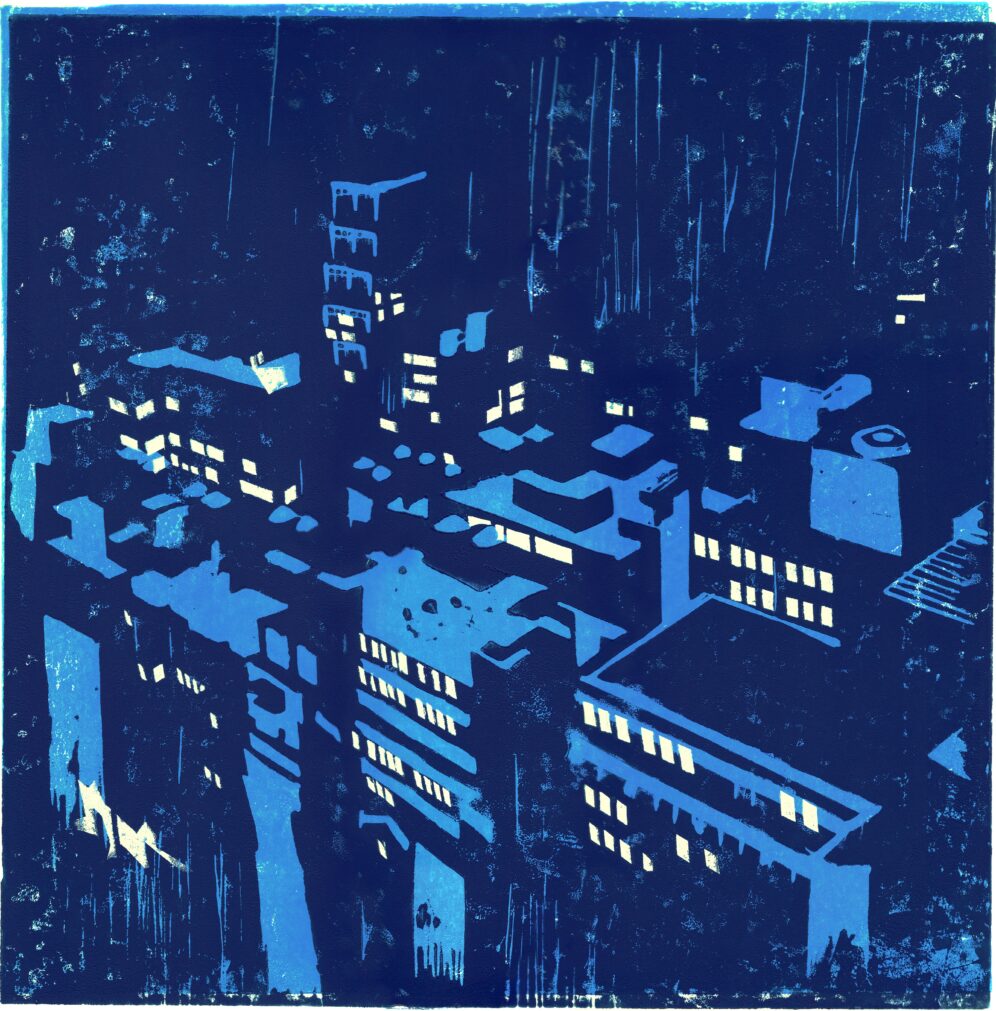






Mood Book is an extremely oversized book of microphotos. Most objects in this book are smaller than a quarter, some the size of a grain of rice. But in this presentation, they become far larger and closer than the viewer has ever experienced, transforming the viewer into the tiny thing exploring a new alien landscape previously out of reach.





























Tiny Lab opened as part of the Hoboken Artists’ Studio Tour group show, October 2009. In the exhibit, I showed microphotos of ordinary things, 13 large macro- and micro-photos, output on archival Fujichrome photo paper at 30×45″. I also setup two cameras fitted with high-powered lenses and a variety of small everyday objects for visitors to explore in exactly the same way I create my art. I photographed small personal objects for visitors and sent them the resulting macro- and micro-photos after the show. Kids & adults were fascinated by the magical transformation of their everyday objects into art before their eyes. Objects shot at the show included an old cough drop, jewelry, a half-eaten twizzler, a dollar, some coins, and other mundane objects.
Most objects represented in this show’s artworks are smaller than a quarter, some the size of a grain of rice. But in this presentation, they become far larger and closer than the viewer has ever experienced, transforming the viewer into the tiny thing exploring a new alien landscape previously out of reach.
